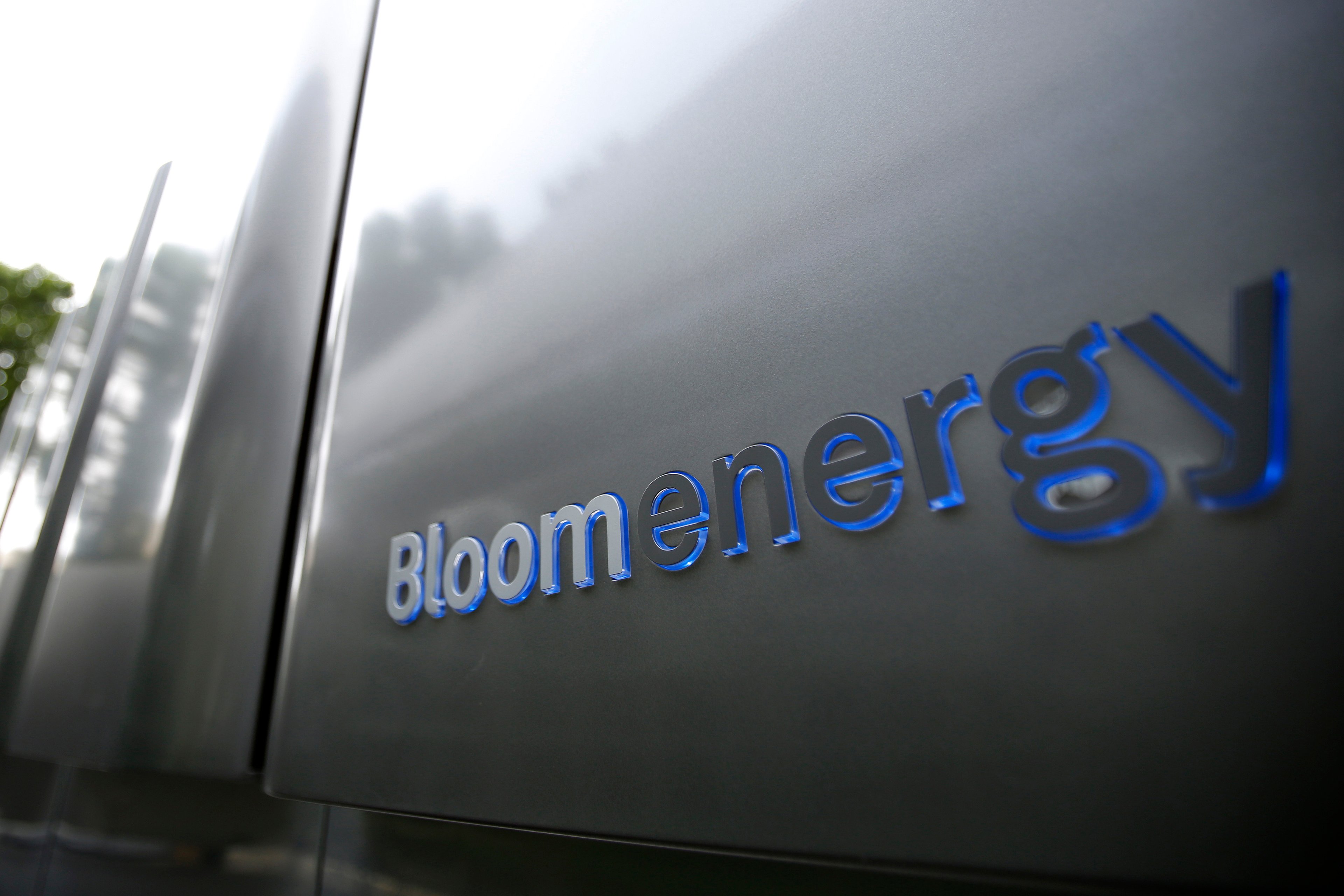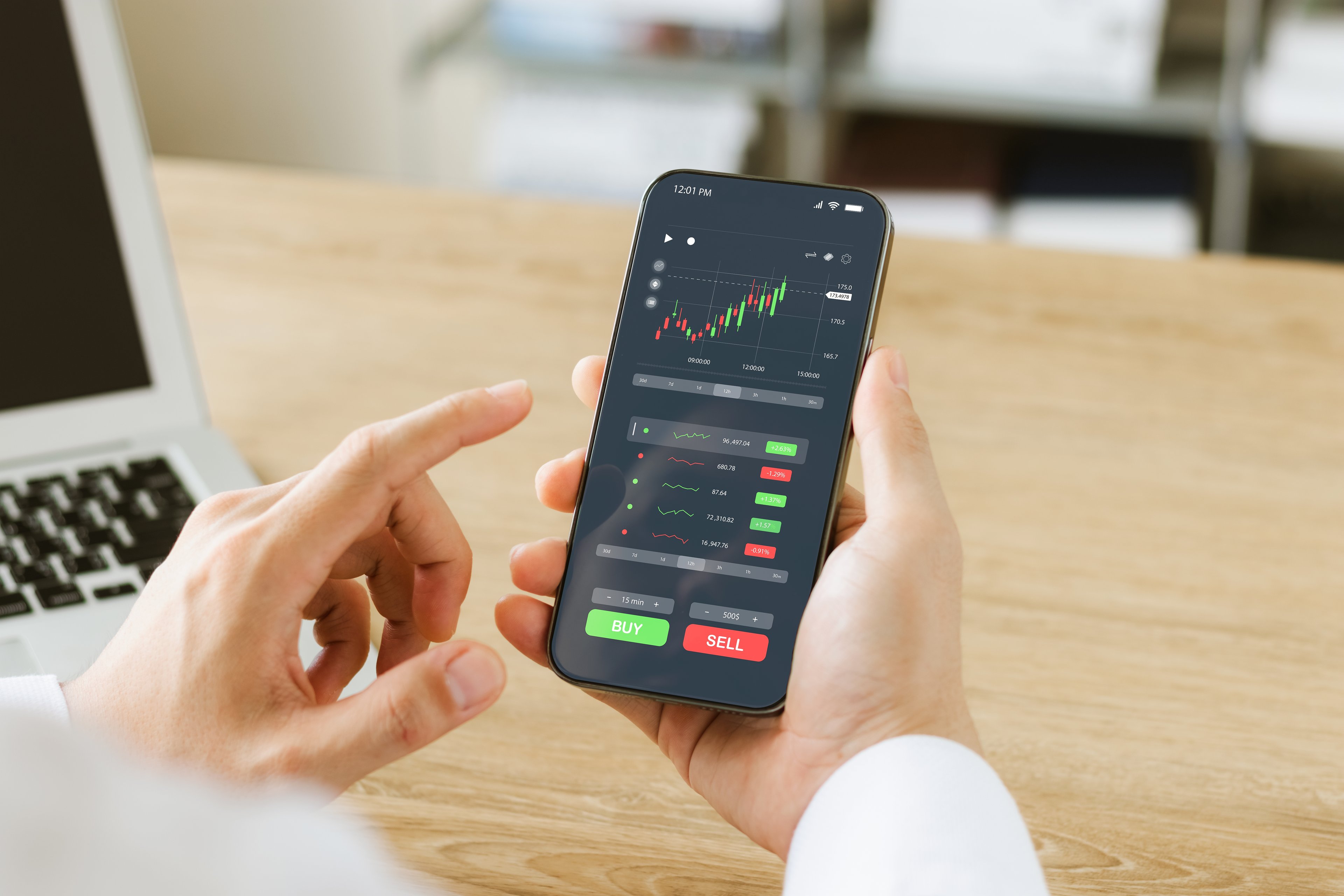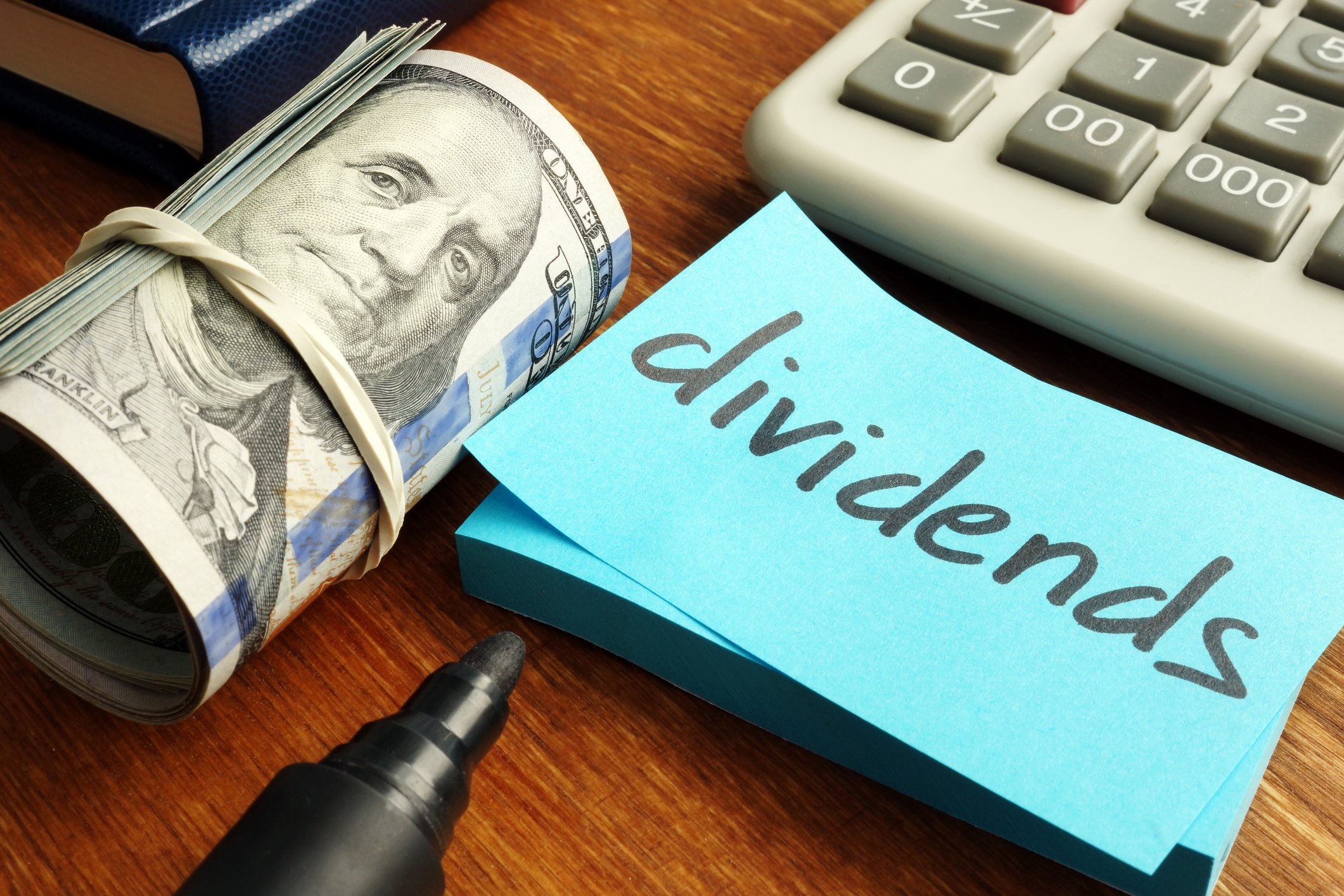Corporate America has become a big driver of renewable energy in the U.S., spending billions to build their own solar and wind farms and signing energy contracts to buy energy from third-party plants. In 2016, the commercial solar market grew 49% to 1.6 GW, and 2017 will likely be another record, driven by strong economics for renewable energy projects.
Some of the biggest companies in Silicon Valley have been leading the charge into renewable energy. And Salesforce (CRM +0.31%), Apple (AAPL 0.19%), Amazon (AMZN +0.06%), Facebook (FB 0.64%), and Alphabet (GOOG 0.24%) are five of the biggest tech investors in renewable energy today. Here's a look at how much they've already invested in renewable energy and what their plans are for the future.

Image source: Getty Images.
Salesforce
In 2015, Salesforce said it would acheive net zero carbon emissions globally by 2050. In April, it achieved that goal after just two years, and 33 years early. Management said it is ensuring that customers are operating on a carbon-neutral cloud, which is a positive step forward.
The next step for Salesforce is to move to 100% renewable energy, which is progressing quickly. The company signed a power purchase agreement for 24 MW of wind in Texas and another 40 MW of wind in West Virginia. Look for the company to sign more contracts like this around the world in coming years as renewable energy wins tech customers based on low, stable long-term costs.
Apple
Apple has long been a leader in on-site solar for data centers around the world. SunPower has built 20 MW projects in North Carolina, Nevada, and China. At its new headquarters, Apple will also have 17 MW of solar capacity, which is one of the biggest rooftop solar systems in the world. In total, Apple has 315 MW of Apple owned renewable energy projects with another 618 MW under construction.
In its recent Environmental Responsibility Report, Apple said it has 2 GW of clean energy in the supply chain and has committed to building or buying 4 GW of renewable energy by 2020. Apple is even pushing its suppliers to use more renewable energy, so this is the elephant in the room in renewable energy, and it will drive a lot of wind and solar installations worldwide.
Amazon
Amazon has been behind many of its tech brethren when it comes to renewable energy, but it may soon catch up. The company has solar on 15 fulfillment centers in the U.S. generating 41 MW of energy. It expects to increase that to 50 fulfillment centers with solar by 2020. The company is also buying 1 million MWh of wind energy annually from a 253 MW wind farm, a deal it announced in September 2016. In total, it has "announced or commenced construction of a total of 3.6 million WMH of renewable energy" in 2016.
AWS says it ran on 40% renewable energy in 2016 and plans to increase that to 50% in 2017. Long term, the company's goal is to increase renewable energy adoption to get 100% of its energy for AWS from renewable energy.
One billion people around the world use Facebook, and nearly half the time, they're indirectly using renewable energy. The company passed 25% renewable energy for data centers in 2015 and set a goal of 50% by the end of 2018.
At Facebook's data centers in Fort Worth, Texas; Lulea, Sweden; and Altoona, Iowa combined emit just 600 metric tons of CO2 equivalent. Long term, the company has a goal of getting 100% of its energy from renewable sources.
In 2017, Google will reach 100% renewable energy for its data centers and offices. The company says that energy infrastructure built to serve its facilities will result in $3.5 billion in investment globally, most of which will be in the U.S.
Google has even been an early investor in renewable energy technologies, funding a concentrated solar start-up. As the company's energy needs grow, we'll likely see even more renewable energy deals signed. Since November 2016 alone, it signed over 2.5 GW of renewable energy deals. That makes Google one of the biggest renewable energy consumers in the world, a title it won't lose anytime soon.











